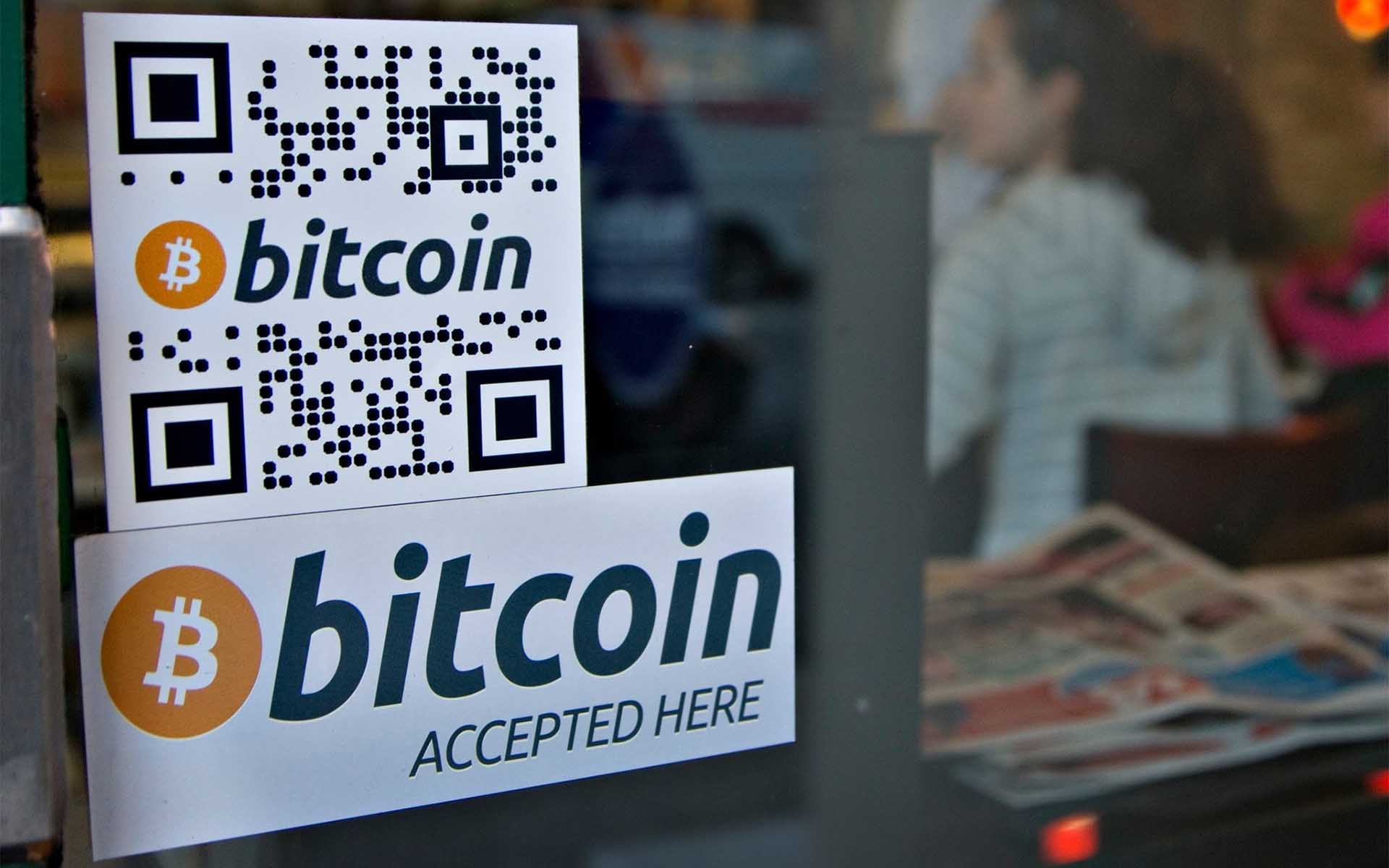
As investors eagerly wait in anticipation to see where exactly Bitcoin will go, its prospects as a viable currency are coming under scrutiny.
Cryptocurrency, Minus the ‘Currency’?
Bitcoin is looking less and less like a viable currency every day, as companies continue to drop the popular cryptocurrency as a method of payment.
One such company dropping support for Bitcoin is Stripe.
According to the self-proclaimed “first major payments company to support Bitcoin payments,” lengthy transaction times and high failure rates have made Bitcoin payments anything but convenient, and the rapidly fluctuating price of the cryptocurrency creates headaches for businesses. Worse yet, high fees make Bitcoin transactions about as costly as bank transfers.
Because of this, we’ve seen the desire from our customers to accept Bitcoin decrease. And of the businesses that are accepting Bitcoin on Stripe, we’ve seen their revenues from Bitcoin decline substantially. Empirically, there are fewer and fewer use cases for which accepting or paying with Bitcoin makes sense.
Additionally, industry-leading digital distribution platform Steam dropped support for Bitcoin in December, also citing high fees as troublesome.
Adding insult to injury, even The North American Bitcoin Conference in Miami stopped accepting the titular cryptocurrency as a means of payment, due to high network fees and slow transaction times.

A Problem Not Easily Solved
The root of Bitcoin’s payment issues stems from the cryptocurrency’s reliance on miners.
Miners confirm transactions and are compensated with new Bitcoin. However, the maximum number of Bitcoins ever allowed to exist is capped at 21 million—a number rapidly approaching. When no new Bitcoins may be created, miners will need to be compensated purely via transaction fees, which doesn’t bode well for the cost of future transactions.
However, one potential solution to Bitcoin’s sluggishness may come with the successful implementation of the Lightning Network—which aims to make transactions both instantaneous and cheap.
If successful, the Lightning Network could help Bitcoin gain serious ground as a viable currency.

Digital Gold
Though Bitcoin’s prospects for everyday use have been called into question, the cryptocurrency is still looking attractive as a store of value.
Bitcoin currently occupies a space as “digital gold” – and just like physical gold, its value doesn’t come from its usability. Just as you wouldn’t buy a Starbucks latte with gold shavings, nor should you with slow and expensive Bitcoin.
There’s a reason we use paper currencies for everyday transactions: it’s easy. Bitcoin isn’t, and there’s a small chance it never will be.
Bitcoin is, however, an interesting investment choice for those looking to store and potentially grow their wealth – not entirely dissimilar to stocks or real estate. Just as physical gold exists as a valued investment based solely on the belief that it will always have value, so too does Bitcoin carry value in its scarcity.
At its very core, Bitcoin is everything inflationary fiat currencies are not. At the moment, that means it isn’t quick and easy – but the day may come when it truly is the best way to pay.
[Disclaimer: the author of this article is a holder of Bitcoin (BTC)].
What do you think of Bitcoin’s prospects as a viable method of payment? Have you ever paid for anything with Bitcoin? Let us know in the comments below!
Images courtesy of Reuters, Shutterstock


















